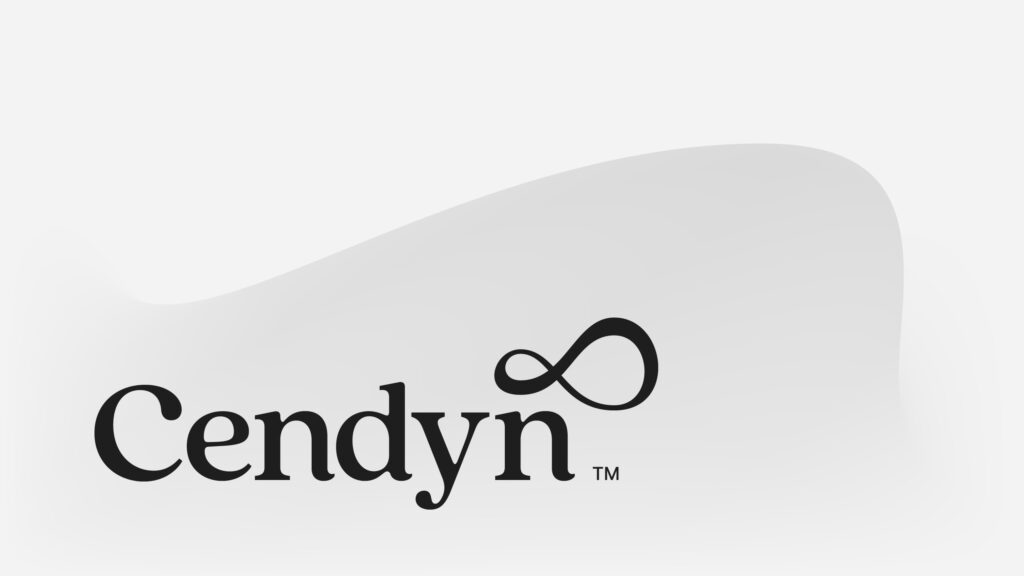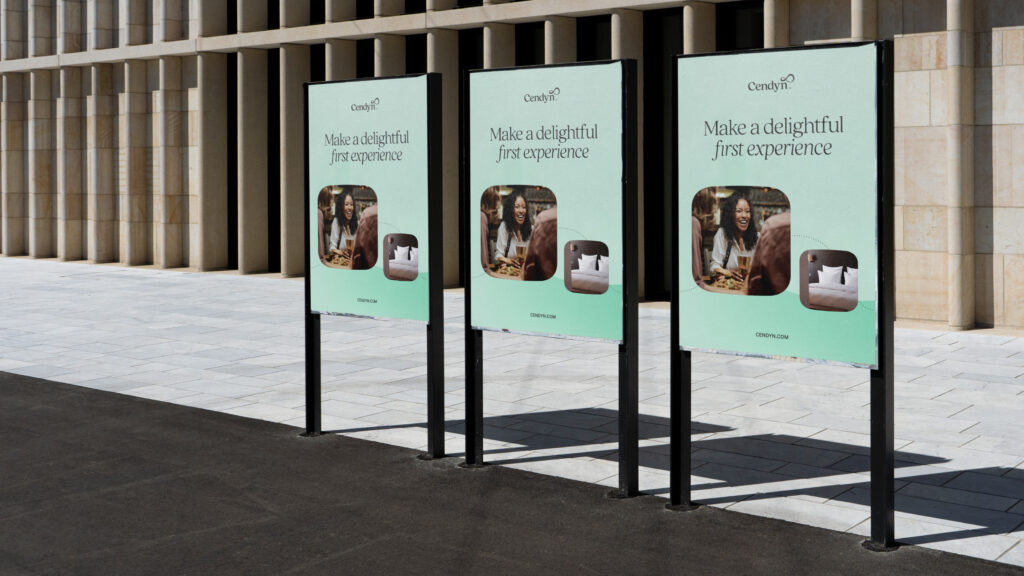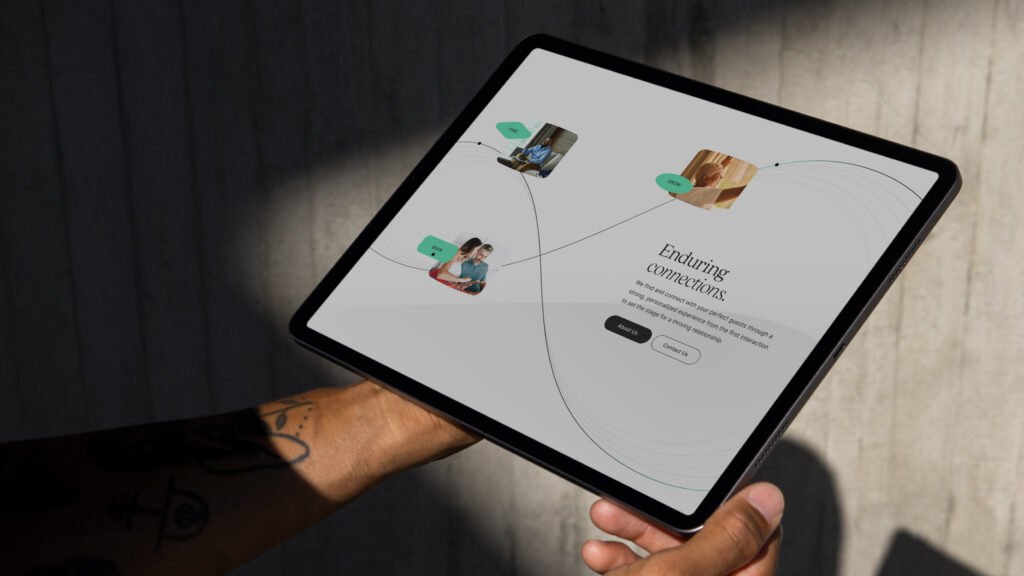Welcome to The B Word, the podcast that unravels the intricacies of B2B branding. Our monthly episodes feature guests from diverse realms, including technology, venture capital, private equity, and more. Together, we delve into the essence of branding, its mechanics, and its profound significance in the contemporary business landscape.

In this episode: we are exploring entrepreneurialism in the hospitality sector and are joined by Richard Valtr the visionary founder of Mews—an innovative hospitality management cloud. Richard is not just an entrepreneur; he's a trailblazer with an inspiring journey to revolutionise the guest experience. Richard talks about how his vision of improving check-in led to his founding Mews, which has become a unicorn with a valuation of $1.2 billion following a recent fundraising round.
Listen here:
...
About: Mews operates in the hospitality industry, it simplifies and automates operations for modern hoteliers and their guests, empowering them to craft unforgettable experiences while also driving revenue. Richard Valtr, alongside his sister, conceptualised, created, and brought to life the Emblem Hotel in Prague. It was from this initial venture that the concept of the Mews technology platform emerged, scaling from a single installation to over 5,000 of the world's premier hotels. Richard's fervour for technology and service is matched only by his ambition to revolutionise the hospitality industry through cloud solutions, making it more enriching for guests and hoteliers alike.
Episode highlights:
Getting started: what was the inception of Mews?
- Richard wanted to transform his family hotel in Prague into more than just a tourist spot, aiming to create a community hub. Initially, the focus was on designing physical spaces to foster community interaction.
- The challenge shifted to scaling this concept for every guest, making them feel part of a community.
- Richard realised existing technology couldn't support his vision for the guest experience. He decided to build the technology himself, assembling a team of programmers to develop what would become Mews. The process turned out to be much more challenging than expected. Richard didn't anticipate the need to build such a large company to transform aspects of the industry.
Understanding the brand vision: in the early days when trying to reach the hotel audience, did they understand your vision or was a lot of education needed around and did the brand help convey the vision?
- In the early days, they were fortunate to connect with like-minded individuals in the hospitality industry who cared deeply about creating great hotel spaces. Those individuals quickly understood the importance of their system and trusted that future developments would align with the vision.
- The brand is important because its something to hang your business ideas on. Brands should create 'space' in your audiences mind and resonate with them.
- Richard highlights the challenge of encapsulating the vision into a succinct brand, which is crucial for effective communication and success in product delivery.
- The importance of storytelling for entrepreneurs and brand builders mustn't be forgotten. Businesses need to craft a narrative that effectively communicates the current vision and service offerings while also leaving room for future developments and expansion. This approach allows for flexibility and adaptation as the brand evolves over time.
Changing your brand: is there a moment when you know you have outgrown your brand?
- Richard thinks that the cohesion between brand identity, proposition, and visuals has improved since the early days of the business by working with Structure who brought that cohesion, which was very important to the business.
- At the beginning, entrepreneurs or small teams may not have the resources or time to fully develop all aspects of the brand, but finding the right moment to pause, take stock, and reassess the brand's direction is crucial for growth.
- Establishing a solid foundation for the brand allows for future growth and creativity.
Brand stretch: was it intentional to allow the Mews brand to stretch for events with various expressions, ranging from playful and colourful to more styled and serious?
- Mews strives to live its values, one of which is 'being human', which is core to the hospitality industry. Brand stretch allows Mews to bring this value to life, to be playful while remaining serious.
- Richard emphasises the importance of balance, both in team construction and in brand development, to achieve a full spectrum of attitudes which make up and personify the brand.
- Your team 'personality' is also your brand. Richard emphasises the need for balance in both building your team and brand development, suggesting that a brand's personality can be created by the tone and attitudes of its team members.
The brand evangelist factor: do customers who understand and engage with your brand become evangelists?
- Essentially yes they do. In general, embracing a brands allows people to project a version of themselves. There's a certain allure to aligning oneself with a brand that goes beyond mere superficiality; it's about tapping into a deeper ethos.
- People are drawn to the idea of affiliating with a brand that embodies a narrative they can relate to. It's about having a story to tell, explaining why they resonate with a particular brand's values. The richer and more profound this narrative, the stronger the loyalty it fosters.
- Consumers crave authenticity and depth in their interactions with brands – something that has been carefully considered and crafted.
- This is why, despite the complexities of pricing, there's immense value in being able to articulate why you identify with a specific brand.
Advice from an entrepreneur: what piece of advice would you give your younger ambitious self?
- Learning is important and can lead to different interpretations and understandings of information over time.
- Swallowing one's ego is a lifelong struggle but an important aspect of personal and professional growth.
- As an entrepreneur, there is a constant pressure to keep achieving more, which can make it difficult to feel successful or satisfied with one's accomplishments.
- Richard emphasises the value of surrounding oneself with people who are better than oneself and acknowledges the tendency to hire oneself out of certain responsibilities, which can be challenging but ultimately beneficial for the business.
...
Available on:
Listen on Apple Podcasts
Listen on Spotify
Listen on Google Podcasts
Listen on Amazon Music





